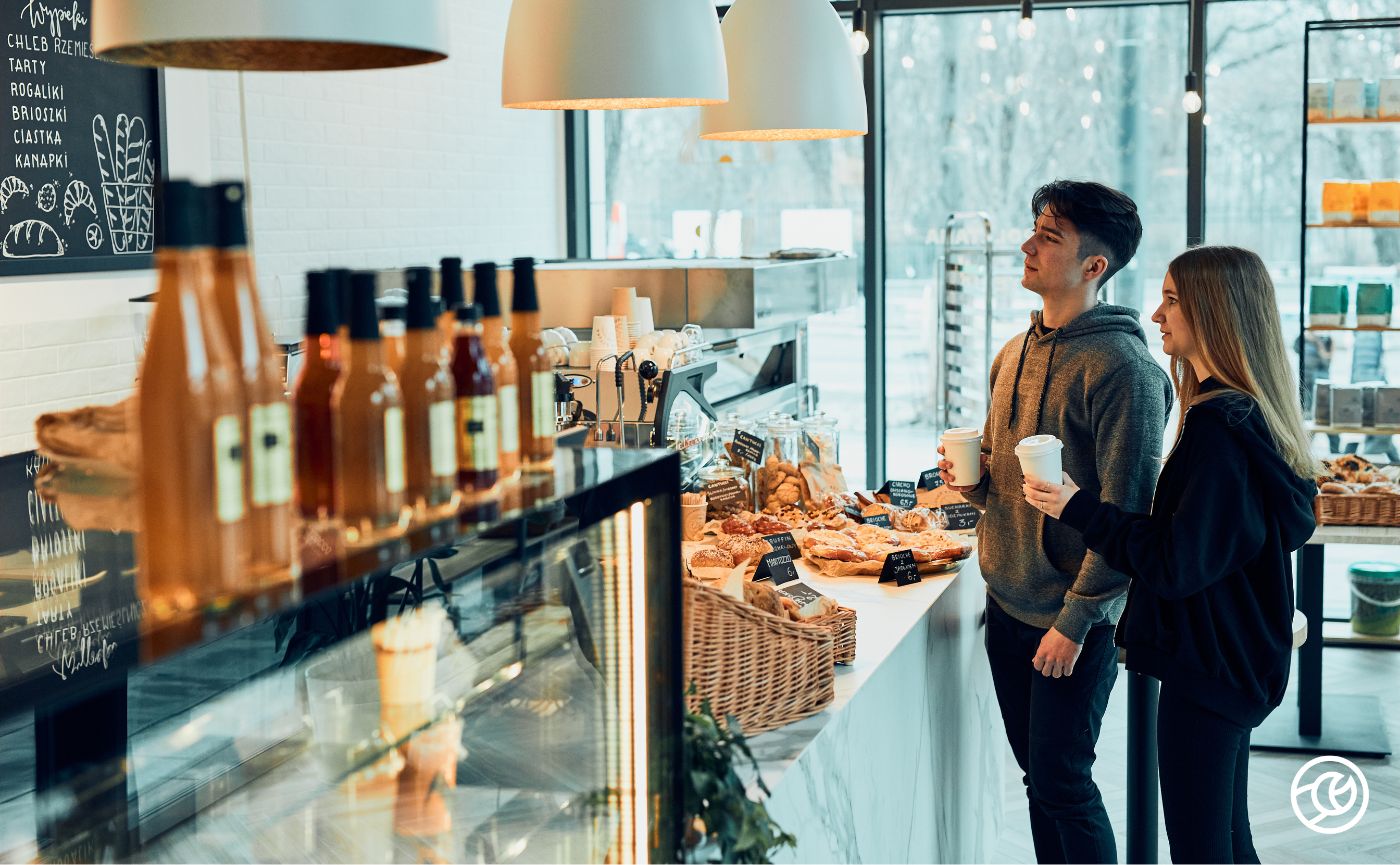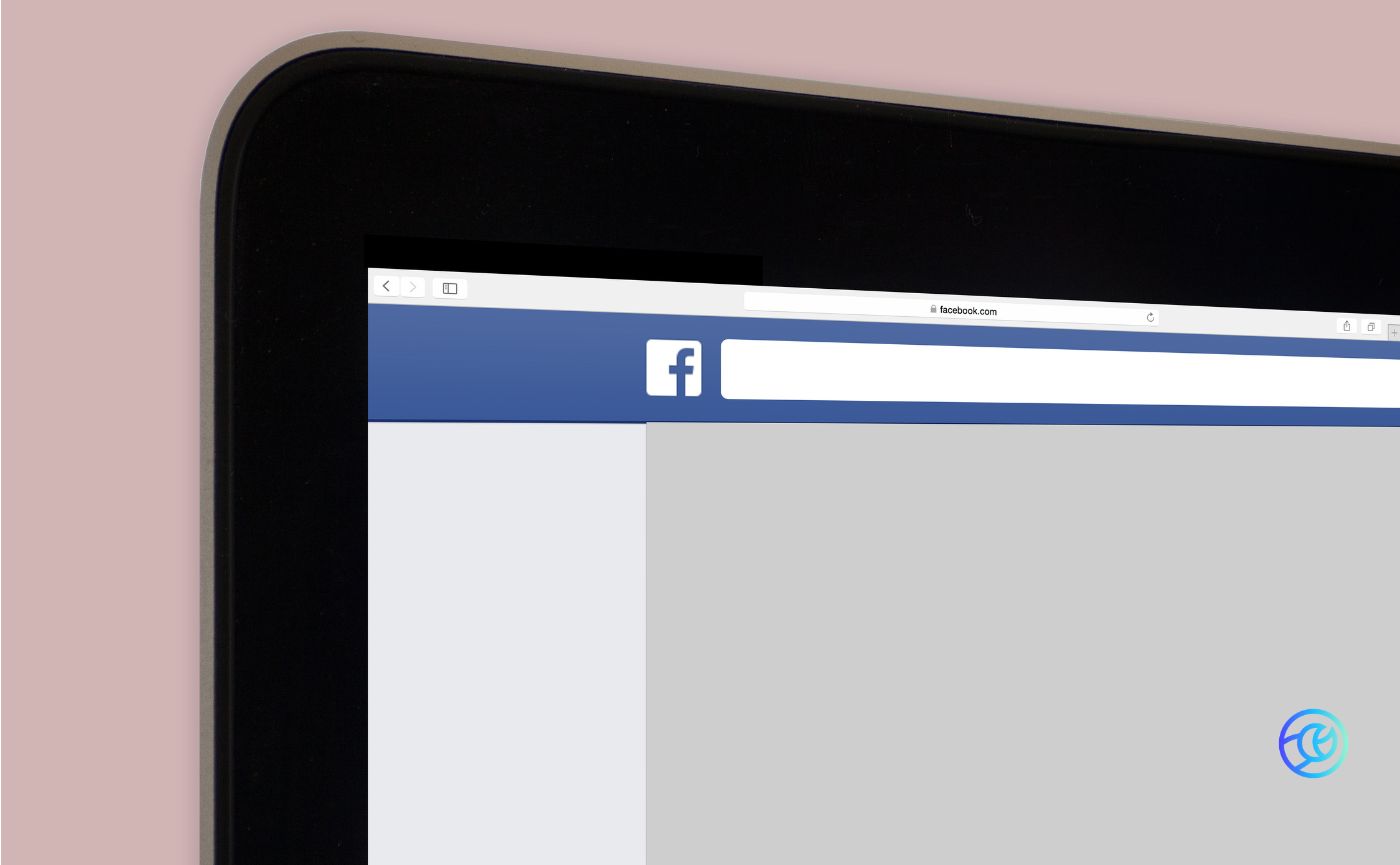The Hidden Riches of Loyalty Programs for QSR & Restaurant Marketers
Customer loyalty programs offer quick service restaurant (QSR) and multi-location restaurant marketers a treasure trove of valuable data. Through these programs, brands and marketers can harness first-party data to unearth consumer insights that shape ongoing marketing strategies. This data, willingly provided by customers, unlocks a world of possibilities.
The Power of Loyalty Programs in Restaurant Marketing
Customer loyalty programs allow brands to track their patrons through unique loyalty member numbers. Whether customers shop online or in-store, every use of their member ID creates a data point, building a comprehensive profile of the customer and their behavior. This includes digital interactions, purchase history, location or order preferences, habits, and more. It’s like having a backstage pass to understand your customers’ buying journey.
Why Consumers Opt Into Loyalty Programs
Loyalty programs offer various perks, from discounts to freebies, making them an enticing option. According to the recent Annual Franchise Marketing Report, 40% of loyalty programs provide complimentary products or services, while 60% offer discounts. In the food industry, a whopping 89% of businesses have loyalty programs in place, with an even split of 50% offering freebies and 50% offering discounts. The allure of freebies often trumps concerns about data sharing. Some join to track their purchases, while others hunt for deals. Regardless, opt-in customers believe the benefits outweigh the cost of sharing their data.
Turning Loyalty Data Into Smarter Advertising
Data collected through loyalty programs is a goldmine, unveiling customer buying behaviors and preferences like dining in, ordering online, or choosing curbside service, and sheds light on preferred orders, purchase frequency, and spending behaviors. This data empowers QSR and restaurant brands with crucial insights to enhance their strategies, enabling marketers to create targeted social media advertisements that resonate with customer preferences, elevating the overall dining experience.
Building Custom and Lookalike Audiences
First-party data fuels the creation of custom audiences for retargeting and lookalike audiences for new customer acquisition. Custom audiences help marketers zero in on customers who’ve already engaged with the brand, while lookalike audiences find similar prospects who haven’t yet interacted with it. By harnessing these custom and lookalike audiences, marketers can deliver precisely tailored social ads that hit the mark, boosting conversion rates.
Empowering Local Operators with Loyalty Insights
Giving your restaurant operators access to loyalty data equips them to run localized brand campaigns effectively. The more traffic they generate, the more data flows back to the global partner, providing a holistic and richer view of the business.
Customer loyalty programs are not just about freebies; they’re a data-driven boon that revolutionizes marketing strategies, strengthens customer relationships, and gives restaurant operators a competitive edge. Your customers are waiting to be served, and your data holds the key to delivering exactly what they want.
Discover how Tiger Pistol can power your local advertising success.
Related Posts
Capitalize on the Coffee Industry’s Hot Streak with Facebook, Instagram, TikTok, and Amazon Ads
The coffee industry is extra hot this year, with a surge in visits and mobile orders. According to a recent study by Placer.ai, coffee chains saw a 5.1% YoY increase in visits in early 2024. Major players like Starbucks and Dunkin’ are expanding their footprints to meet growing demand without diluting existing store performance. Return-to-office […]
Engaging Home Services Consumers: Strategic Use of Facebook, Instagram, TikTok, and Amazon
Millennials are redefining how home repairs are approached, with many opting to hire professionals over tackling tasks themselves. For example, only 20% of millennial homeowners feel confident repairing drywall or installing a ceiling fan, and just 31% are comfortable attempting exterior painting or light installations. Surprisingly, nearly one-third (30%) of m
The Triple-Threat: How the Rule of Three Significantly Reduces Facebook and Instagram Advertising Costs
Aristotle suggested it first: “omne trium perfectum” – Latin for “Three is Perfect.” We marketers refined it to create stickier slogans – “Just Do It,” and more persuasive messaging – “Skin care that hydrates, clears, and brightens.” Good things come in threes. Applying the rule of three to Facebook and Instagram by prioritizin
Tiger Pistol Expands Advertiser Ecosystem to Include TikTok, Paving the Way for Vertical Video Social Media Advertising at Scale
Surveys among marketers planning their 2024 budgets underscore the significance of short-form video. A recent Kantar study reveals that three out of every four marketers intend to boost their online video budget. Furthermore, MarketSplash found that a significant majority of marketers (85 percent) firmly support short-form, vertical videos as the preferred cont





